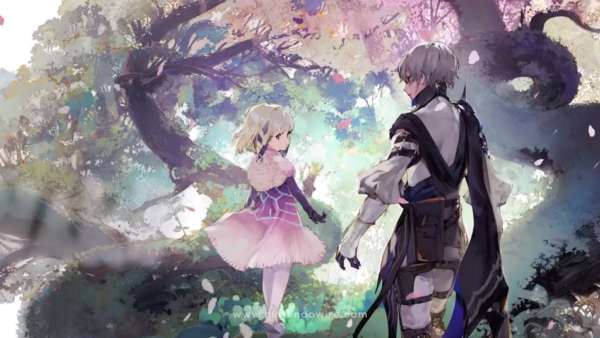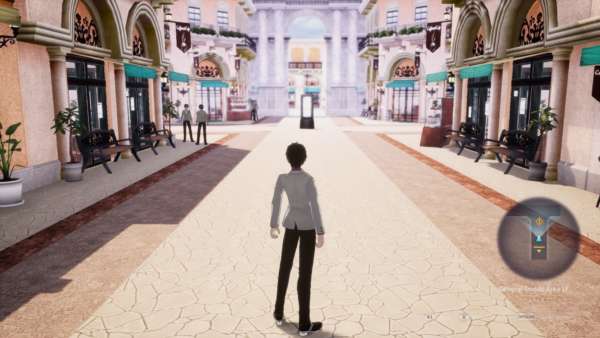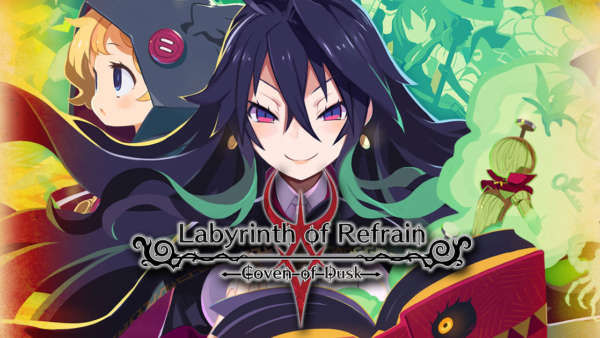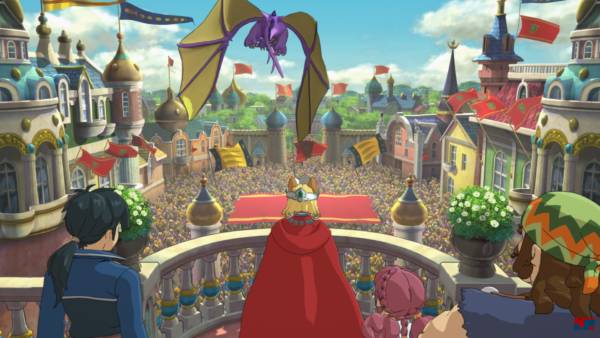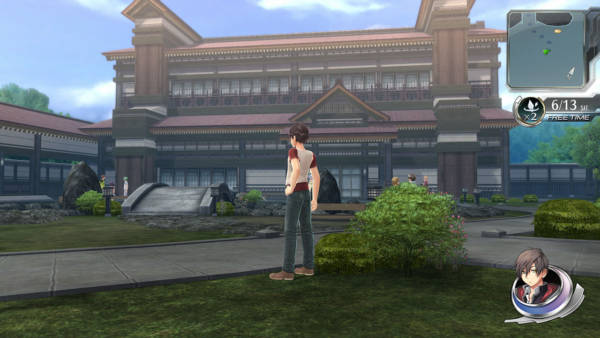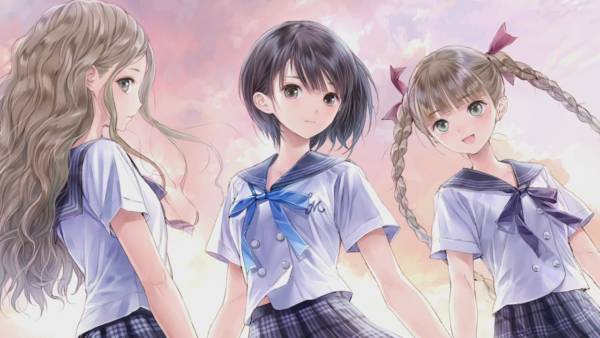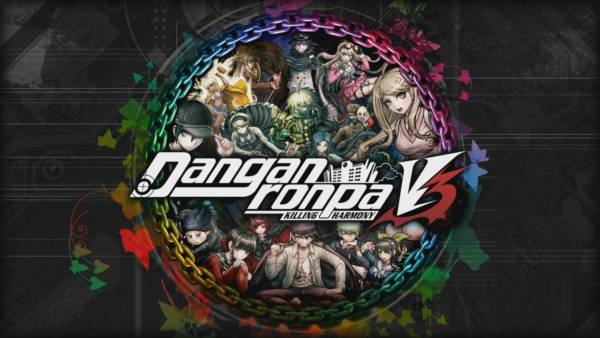The mystery/puzzle genre has seen a massive rise in popularity in the last few years. Thanks to the efforts of the Professor Layton and Phoenix Wright series, new life has been brought into the proceedings with their charming characters, intriguing locations and crimes that would take all your understanding to piece together. While some situations may be odd, or even slightly physically impossible, you are strangely enticed to continue the adventure because of the emotional connection you feel towards the people involved.
Originally released for the PSP in 2010 as a Japanese-exclusive title, Danganronpa Trigger Happy Havoc is the latest title from Spike Chunsoft, a company that are famous for developing role-playing games such as Conception II, which will see a release here in Europe later this year. The game has been ported and optimised for the PlayStation Vita, with enhanced graphics, additional scenes, and new English language options for both text and voice acting. Thankfully for the developer, they have crafted a worthy candidate to stand alongside the already-established series, and even add a few new twists to make the experience even more enjoyable.
You take the role of Makoto Naegi, a young boy who has been enrolled at Hope’s Peak Academy, a seemingly perfect school. As soon as you arrive, you are transported into a classroom where all the windows are covered, and you are surrounded by fourteen other students. It turns out that everyone was taken in the same way, and before anyone can try to escape, a mysterious, multicoloured bear named Monokuma appears. He says if they want to leave, they will have to get away with killing one of their classmates. The aim of the game is to leave the school, as well as identify the individuals that have taken the ursine antagonist up on his offer.
The core gameplay for Danganronpa is divided into three distinct types. Daily Life is where you commune with the other students and try to solve the mystery that has been forced upon you. When the inevitable murders take place, you will switch to Deadly Life, which comprises you finding evidence, known as Truth Bullets, to convict the murderer of their crime. You may explore the school to find new areas of interest or interact with the other students to learn more about them and fill up their respective Report Card. It is also possible to gain more information from a character by giving them a present that you have got from the MonoMono Machine, a capsule dispenser that offers a random prize for Monokuma coins hidden in specific locations around Hope’s Peak Academy.
Most of the students that you interact with in the school feel well designed, with multiple dimensions of their persona coming through as they face each new challenge. There are a couple of exceptions, however, which could be expected in a game with many protagonists. Some characters feel like a slight over-exaggeration of their designated stereotype and feel that they have added to increase the target audience of the game. These characters are in the minority however, and for the most part, you barely notice the problem that has been presented.
The last part of the game comprises the Class Trial. In this mode, you must work together with your remaining classmates to convict the guilty party. Before the trial begins, you may choose any of the bonus skills you have unlocked, as well as review the facts of the case. Each trial is divided up into four sections, with their own unique mini games and challenges to overcome. You are given a certain amount of Focus and Influence at the start of the trial, and if you run out of either, the trial will end.
The first mini game is known as the Nonstop Debate, where you can shoot down false assertions by aiming at the offending statement and firing at them with the Truth Bullets you have obtained. Next, you can use the Hangman’s Gambit to gain the name of a vital piece of evidence. It is a game of Hangman, but you must shoot the letters that appear on screen to get your answer. Each letter has a colour that determines the number of times it must be hit to be unlocked, and if you choose the wrong letter, you will lose a section from your Focus Gauge.
When you have got enough evidence to place a solid conviction, you will begin the Bullet Time Battle. This is essentially the ultimate showdown between you and the true culprit, where you must press the button on screen in time with the rhythm, and blast away all their false statements when they crowd the screen. The final mini game is aptly named the Closing Argument. It is the most diverse of the four different types, requiring you to place all the events of the murder in order as a comic book. You only have ten minutes to put together the case, and if you don’t put them together in time, the results will be less than pleasant.
When you have completed the trial, everything will be out in the open, and the culprit will receive a punishment that is based upon their recognised skills. The game continues in this way for several cases, with several twists and turns making you question the nature of Monokuma, as well as the situation into which you and your classmates have been placed. Several of the characters will also change in surprising ways, which is a usual trait in the mystery genre, leading to you examining the motives of every character with a fine-tooth comb, even if they are entirely innocent.
The graphics of Danganronpa are drawn in a typical anime style, but how the characters and settings are blended is truly unique. When you enter a room, the setting will appear like the backgrounds in a storybook, with the characters appearing as two-dimensional cut-outs that follow the Duke Nukem trick of always facing you no matter where you look. While I was slightly surprised by this kind of style, though it is not a negative observation. In fact, it makes me appreciate the game more, because it dares to do something slightly different.
The soundtrack of the game is fast paced, with the occasional slow tune mixed in at the slightly creepier moments in the narrative. This seems to work well for the most part, but on occasion, some tracks feel slightly inappropriate for the emotional tone of the related scene. The voice cast for the English dub is a strong mix of different accents and dialects, with only a couple of them feeling as if they could have been done with more enthusiasm or emotion. One observation I did make when it came to the sound of the game, is that the music appears to be slightly distorted, and sometimes overpowers the sound effects or dialogue. Unfortunately, I was not able to tell if the distortion was due to the console itself, or because it was taken from the original PSP release instead of being remastered by the development team.
Overall, Danganronpa Trigger Happy Havoc is a unique experience that takes no prisoners, other than that of its main cast. It has a well-designed original storyline, but some of the characters feel a little one-dimensional because of their reliance on stereotypical representation. The 2.5D art style gives the visual novel sections of the game a different feel, while at the same time offering the same kind of exploration and exposition we have come to expect.
